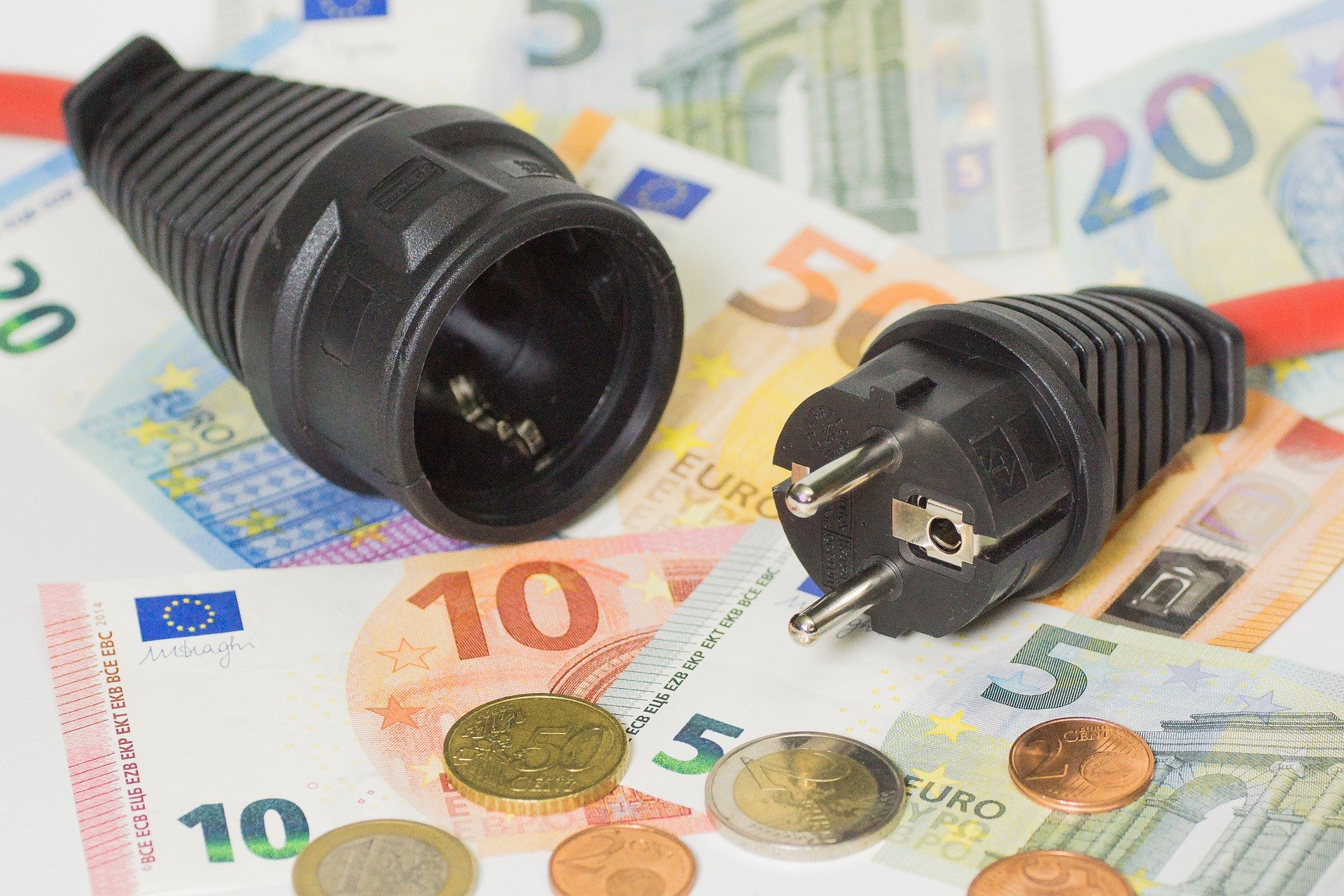There is a lack of knowledge in many places when it comes to saving energy. We take a closer look at five popular energy-saving myths.
Electricity prices are currently at record levels, and there is no end to the tricky market situation. Especially in times like these, consumers want to minimize their energy consumption to lighten the load on their wallets.
But what is the best way to do this? The fact that one should not leave the lights on unnecessarily is obvious and known in every household. Apart from that, however, there is a lot of uncertainty about which measures are effective in saving electricity. Half-knowledge, in particular, can sometimes even lead to people consuming more energy than before.
So it’s time to shed some light on the subject! We present five common electricity-saving myths – and tell you what you should do instead.
Energy customers can also save money on their electricity contracts because most households pay more than they should. Many consumers also mistakenly believe that there are no cheaper alternatives on the market – in most cases, a mistake. Check with our calculator in a few clicks whether they can also save money with a change of electricity!
Myth 1: Electrical appliances should be used until they break down
Especially larger appliances like refrigerators or washing machines cost a lot of money. That’s why consumers want to use them as long as possible. The basic idea is not wrong and is also not senseless from an energy perspective because the manufacture of an electrical appliance consumes an extremely large amount of resources – so a new TV every two years doesn’t have to be.
However, this does not mean that the useful life of outdated devices should be stretched to the limit. After all, these have severe disadvantages compared to new models in terms of energy efficiency and consume a lot of electricity and money when used regularly. Replacing them with a modern version can pay for itself very quickly, as they consume much less electricity – it’s worth looking at the energy label.
Myth 2: No electricity is consumed in standby mode
You don’t have to completely switch off an electrical appliance; after all, there is the standby mode – or so many people think. But far from it! Whether it’s a computer, television or coffee machine, they all consume electricity in standby mode. Of course, nothing stops you from leaving your computer in standby mode during a short meal break. But as soon as a device is not needed for a longer period, it should be completely disconnected from the power supply.
However, pulling all the plugs out of the socket indiscriminately is unnecessary. According to EU regulations, newer devices only have a maximum standby power of 0.5 watts. However, this does not apply to devices connected to a network. Printers, consoles and smart TVs are real power guzzlers even in standby mode and should, therefore, not be in operation around the clock. And even inconspicuous chargers should not be connected all the time.
In the long run, consumers can save a lot of electricity this way. This country’s electrical appliances consume more than 10.5 billion kWh of standby electricity annually. That is equivalent to the annual production of a nuclear power plant! Expressed in euros, that means electricity prices are well beyond 30 ct/kWh. So by switching off your electrical appliances completely, you save not only electricity but also money.
Myth 3: Full refrigerators consume more electricity
The fuller a fridge, the more energy it consumes. At first glance, this sounds logical; after all, more food must be cooled. But this is a fallacy; in reality, it is the other way around!
As a rule, empty refrigerators consume slightly more energy in the long run than when they are full. There are several reasons for this: On the one hand, a lot of air can get into an empty refrigerator, the temperature of which then has to be reduced at great expense—on the other hand, stored food “stores” cold particularly well since it consists largely of water, which absorbs cold better than air.
In the end, however, when considering the pros and cons of a full refrigerator, it is important not to forget: The difference is comparatively small. Personal usage behaviour is much more decisive. To save energy, you should open the refrigerator as little and briefly as possible because an open refrigerator door also means the influx of new warm air.
Likewise, don’t put hot or warm foods directly into the refrigerator; wait until they have cooled down to at least room temperature. This way, less time and energy will be needed to bring them to 7°C. Lastly, it can also help to put it in a cold place; right next to the oven, the fridge would have much more to do.
Myth 4: A layer of ice belongs to the freezer
There are extremely cold temperatures in a freezer, the ideal value being minus 18°C. Is it, therefore, not normal or even unavoidable that a thick layer of ice forms in such conditions? Although many consumers believe this, it is by no means desirable! No matter how cold it is inside a freezer, ice formation should not occur.
According to the manufacturer, even little icing increases the appliance’s energy consumption by 10 to 15 percent; in practice, it often increases by 30 percent or more. An ice shield makes it harder for the cold to penetrate, so more power is needed to achieve the same cooling effect. In the long run, this costs a lot of money.
Therefore, consumers should defrost their freezers at least once a year or at least twice a year. By the way, this also applies to the refrigerator. At the latest, you should not wait any longer when there is an ice layer of more than one centimetre because even then, the appliance is no longer working at maximum efficiency. We recommend: Plan when defrosting and adjust your purchases accordingly – these can then be stored on the balcony or in the garden in winter.
Ideally, however, this is not necessary, so try to prevent a layer of ice from forming in the first place! To do this, you should not open the door of your freezer unnecessarily long and use waterproof packaging for the stored food. Many new types of appliances also have a no-frost function or at least an automatic defrost function.
Myth 5: Power-saving washing is not clean
Dirty laundry should come out of the machine sparkling white, but does that require a powerful washing program at a high temperature?
This may have been necessary in the past, but this misconception no longer holds in today’s world. Modern washing machines and detergents can achieve perfect results even at 30 degrees. Therefore, a wash cycle at 95 degrees is no longer necessary, and even a 60-degree wash is only recommended once a month to kill germs in the machine.
This can save a great deal of energy because the majority of a washing machine’s energy consumption is not accounted for by the mechanical operation of the drum but by the heating of the water. The length of the program is also irrelevant; short programs consume slightly more energy in most cases. So normally, choose the 30- or 40-degree program, and you’ll reduce your energy consumption and electricity costs.
- source: rtl.de/picture: pixabay.com
This post has already been read 1701 times!



